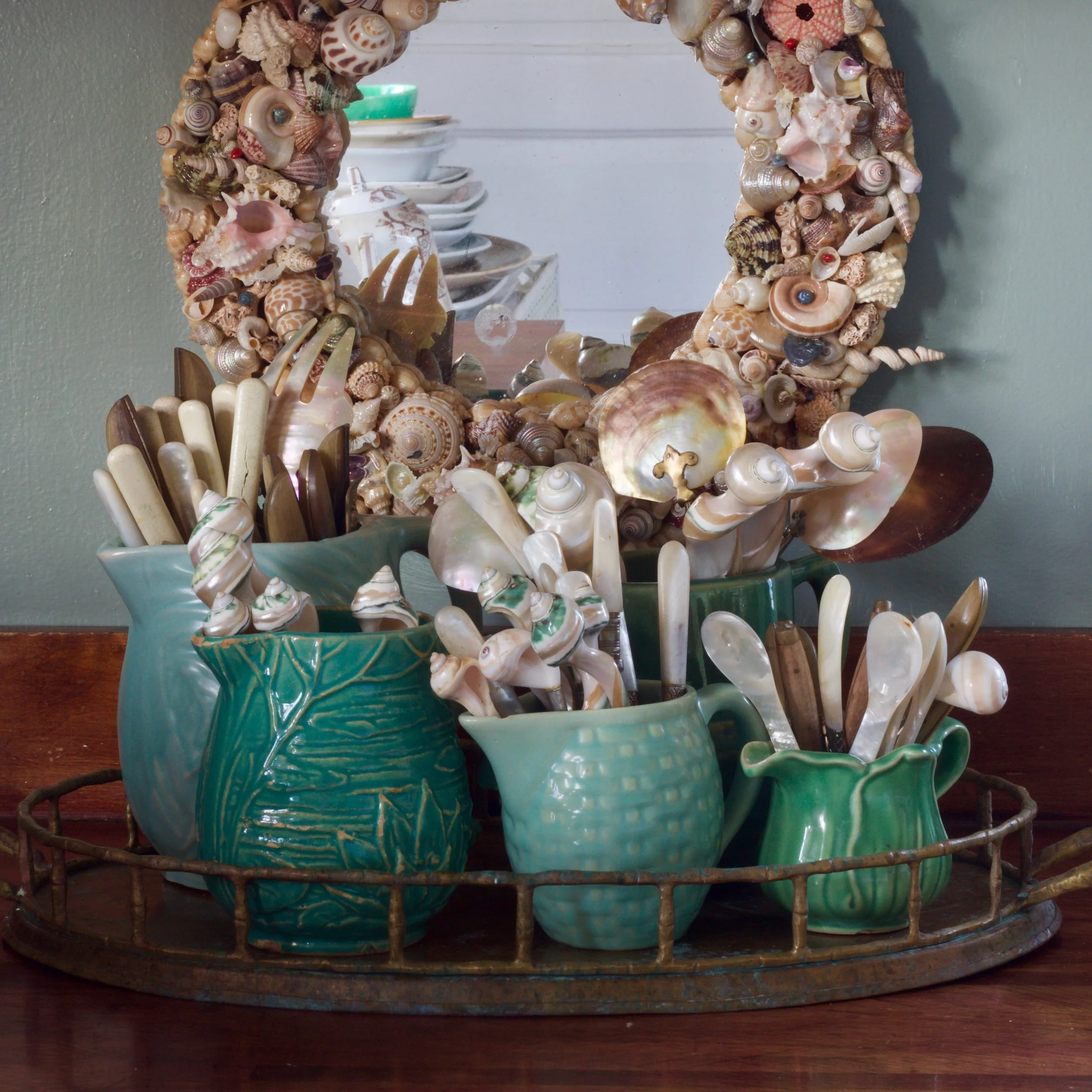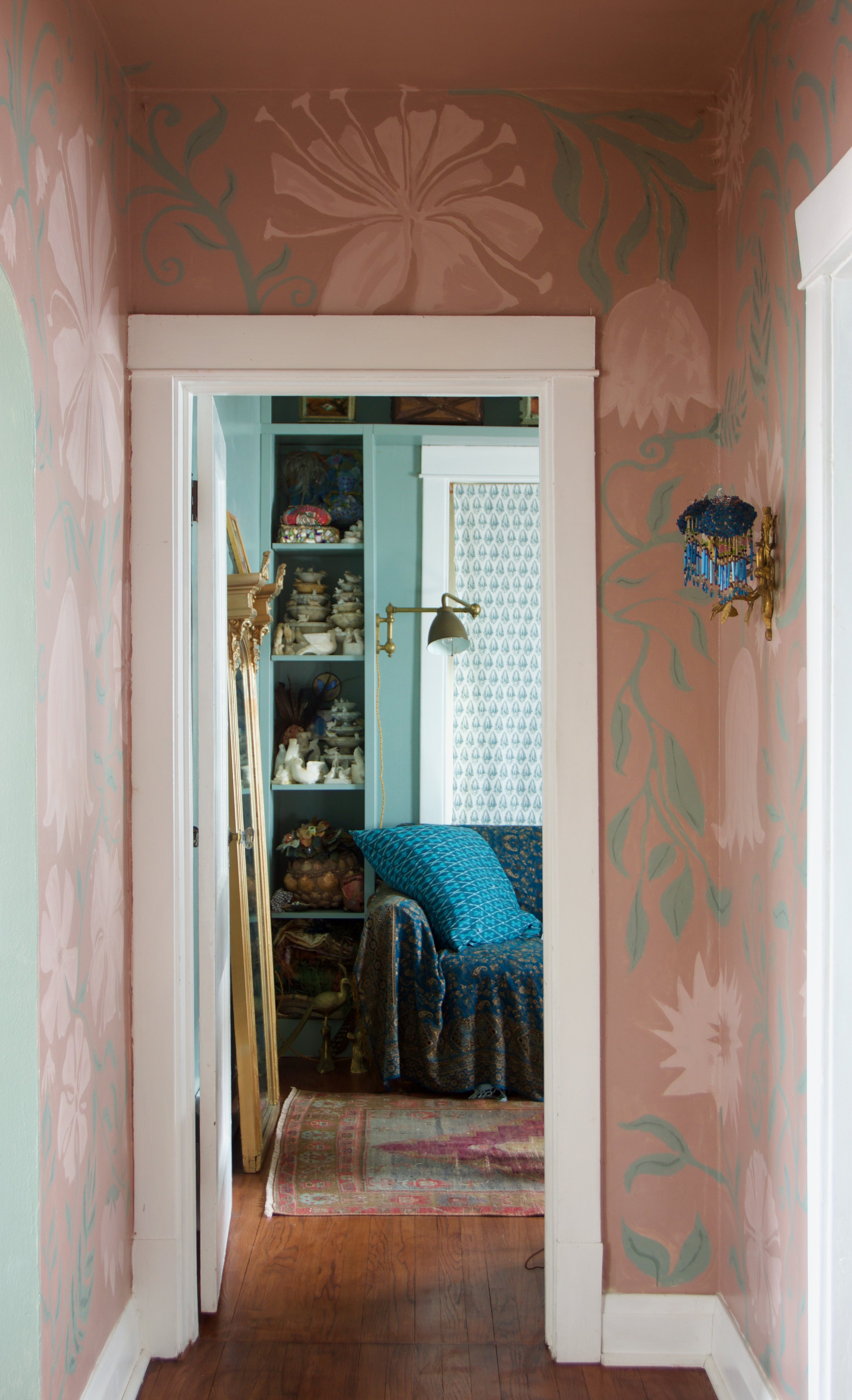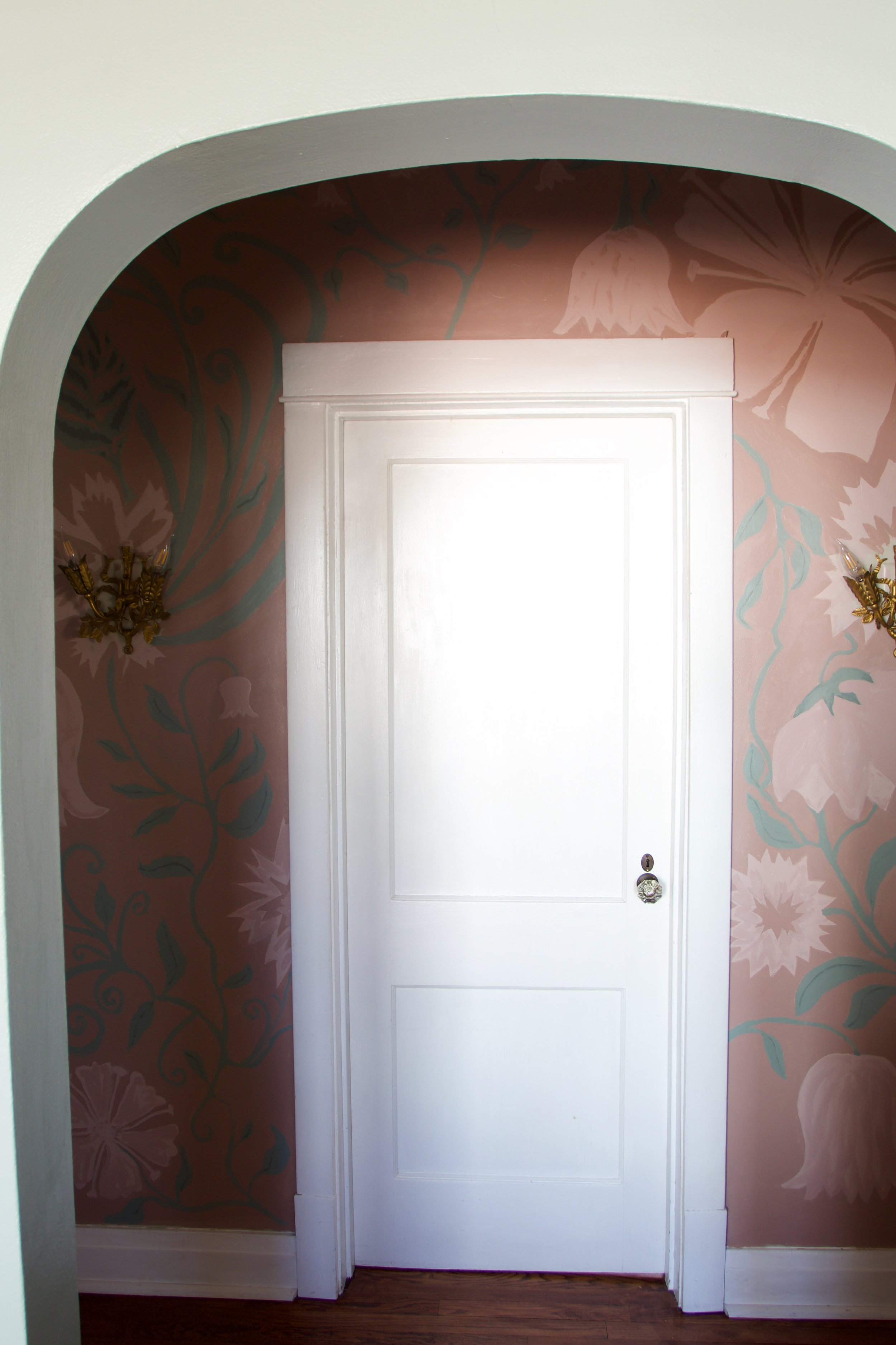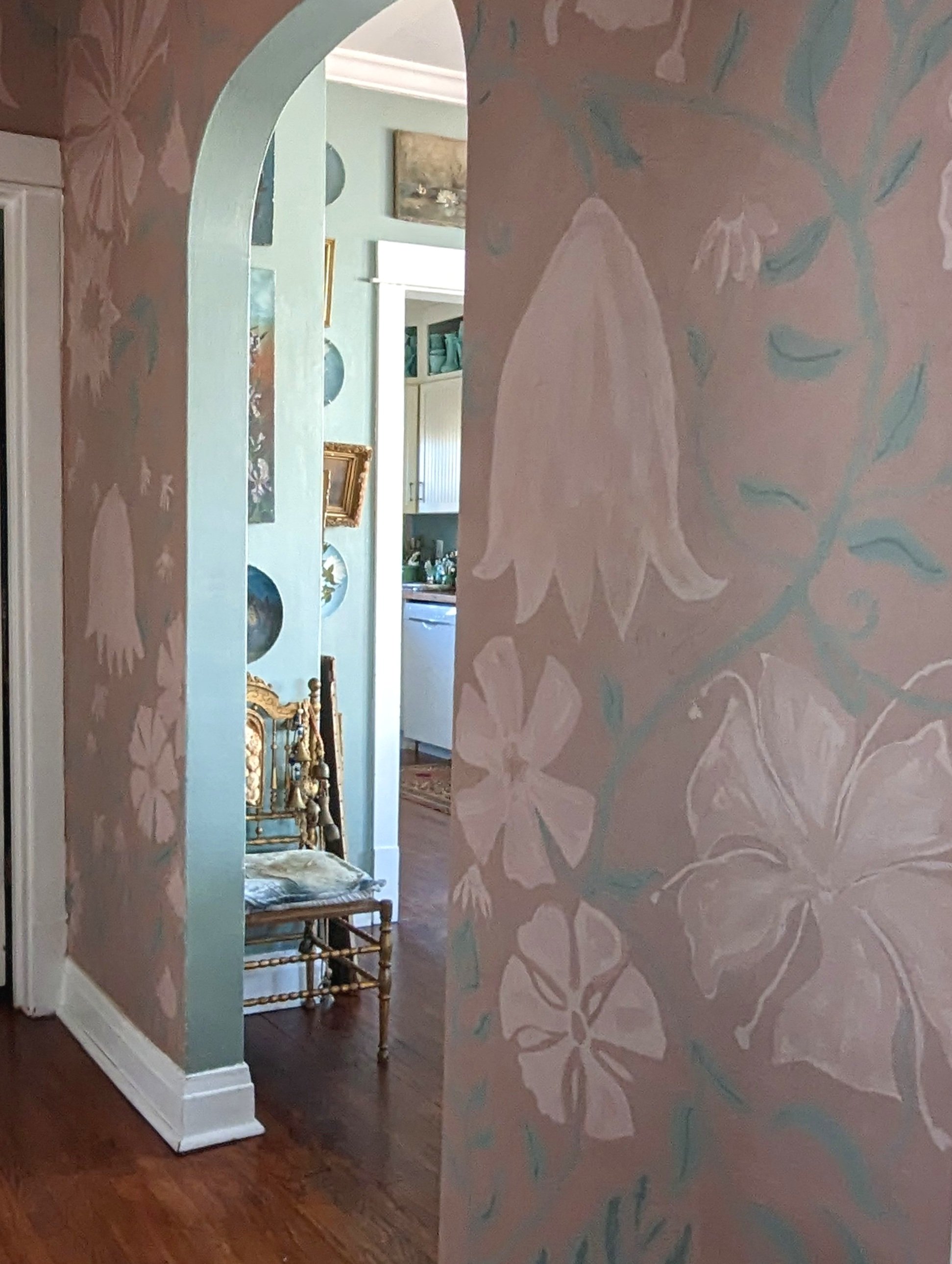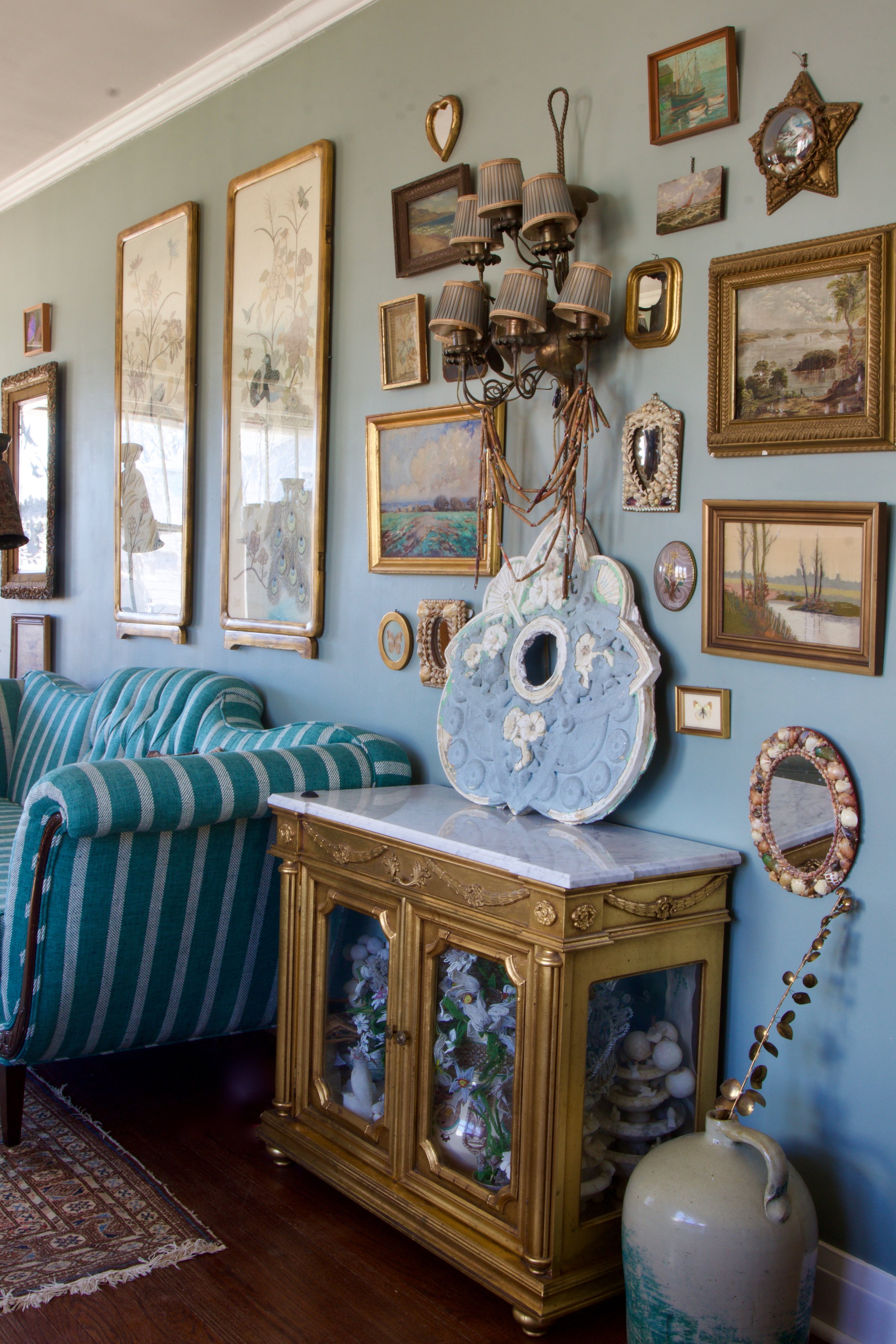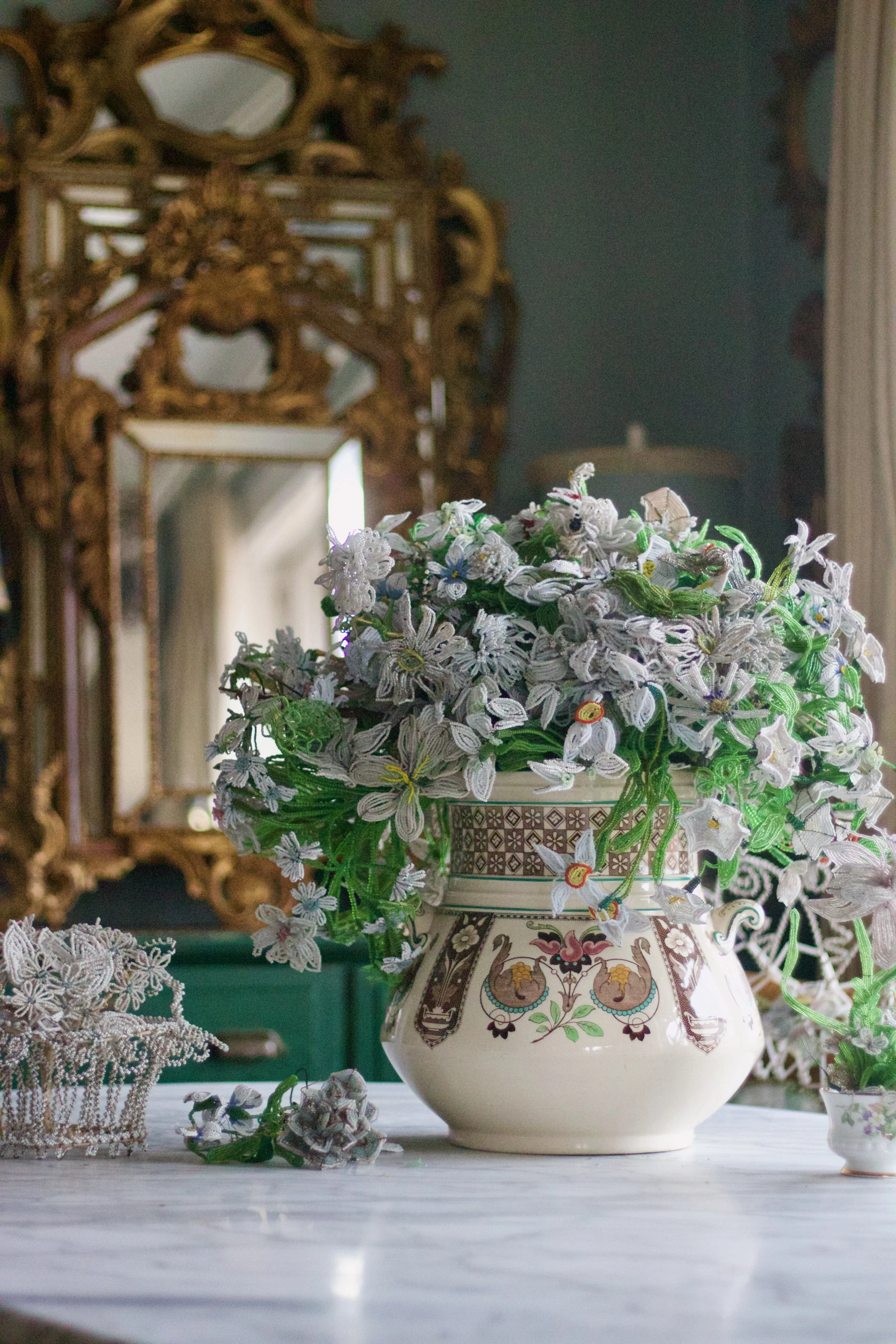When I was in high school, I half-jokingly told people I wanted to be a lexicographer when I grew up. I began reading the dictionary when I bombed the verbal portion of the PSAT as a sophomore. As I studied literature in college, I geeked out over the Oxford English Dictionary’s deep dive into a word’s etymology.
Lexicographers monitor and record developments in the English language and decide if and when a new word should be officially added to our lexicon. “Pawternity leave,” “bodycon” and “sock puppet” all were added to Dictionary.com in 2022 by the persuasion of a lexicographer.
When you are a wordy person, you surround yourself with wordy people, and words are your whacky form of amusement. Over the years, especially on antiquing roadtrips, my friends and I have developed our own glossary of “antiquing terms.”
So, in a sense, I guess I have manifested my lexicographer destiny.
I thought I should do what a lexicographer does: make it official by publishing the terms.
TQITB
Short for “The quest is the best!” A friend offhandedly chanted “TQITB” in the parking lot of Goodwill one day, after admitting she never finds anything. But the searching—the questing—is really the best part. I use it as a mantra when I go antiquing, especially on days I expect to strike out.
Fauxled
A pormanteau for being fooled by something that is faux old. You know—the piece that looks vintage but when you take it home and investigate it, you realize it was likely manufactured in China and sold at Home Goods. You were “fauxled.”
Goodwill at Gunpoint
I coined this morbid phrase in the aisles of Goodwill. It’s a game I play at thrift stores, estate sales, antique malls, and flea markets when I haven’t found anything but imagine being held at gunpoint until I find something that I could resell for a profit. It causes me to look a little longer—and often I find a hidden treasure.
Collection Creep
When a collection grows without intent or explanation. One day it’s not there, and the next day it’s out of control.
Doodadery
The accumulation of doodads that delights a doodadist.
Doodadist
A person who likes and collects all types of useless but beautiful items. (See a picture of Megillicutti.)
Flea Market Smackdown
A scenario at a flea market when there is a threat of a confrontation between a dealer and a shopper or a shopper and another shopper, often over pricing or competition for an item.
Pantiquing
The state of breathless excitement you experience when you’re two miles away from an amazing flea or next in line at an epic estate sale.
Willies
Those crazy people who line up at Goodwill’s doors at 8:30 am to storm the store at 9am. It might also be appropriately used to describe the person who gives you the “willies” in lines at estate sales—the grumpy, territorial type who assumes everyone is going to cut in front of them or take what’s “theirs.”
A Poo-Di
A skanky antiquing location. It originated from an antique mall that my friend and I said smelled like a “poopy diaper.”
Grandnew
The result of taking something from grandma’s era and giving it a fresh spin.
Do the High-Low
This is a metaphor for looking in unexpected places for items. When you’re at a thrift store, you always look up on the tippy top of shelves as well as the bottom shelves for overlooked items. It’s the same with estate sales: start in the attic (the high) and move your way to the basement (the low). Usually, the less prized items are stored there, and are accordingly given a lower price.
Moby Dick
The item that you’ll monomaniacally search for to complete your collection.


